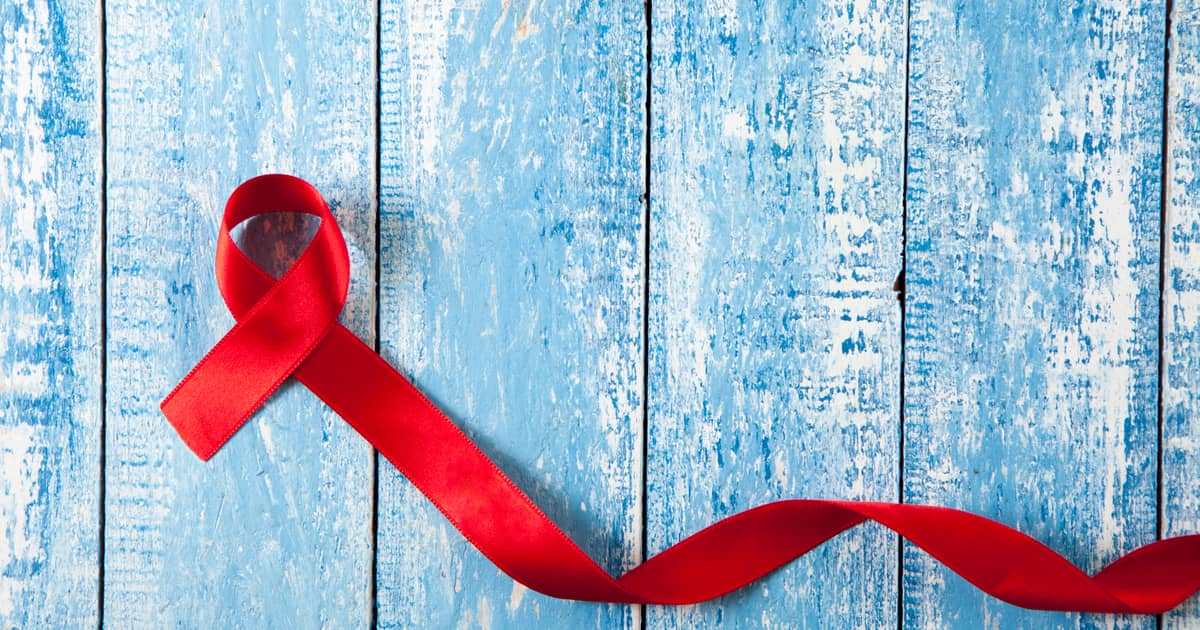For more than three decades, antiretroviral therapy (ART) has established itself as the most effective method for HIV viral suppression. During the 12th International AIDS Society Conference in 2023, the World Health Organization (WHO) once again emphasised the importance of ART as a method to improve individual health outcomes and also curb the spread of the human immunodeficiency virus.
Making the Lives of HIV-Positive Individuals Better One ART at a Time
WHO released new guidance to describe the role of antiretroviral therapy and viral suppression in halting HIV transmission. The new guidelines are based on systematic review results published in The Lancet.
The systematic review is based on data gathered from the beginning of 2010 to the end of 2022. Researchers identified 244 studies and eight were included in the analysis. The end sample consisted of 7,762 serodiscordant (having one partner being HIV-positive and the other one – HIV-negative) couples.
Research shows there was no HIV transmission whenever the HIV-positive partner had managed to achieve viral suppression and undetectable viral load through the use ART. Among the other couples, there were 323 transmissions. In all of those cases, the HIV-positive partner hadn’t achieved undetectable viral load.
The analysts concluded there is zero risk of sexual HIV transmission whenever a person’s viral load is less than 1,000 copies per ml.
According to WHO data, 29.8 million HIV-positive individuals out of 39 million people living with HIV were taking antiretroviral therapy in the end of 2022. That’s approximately 76 per cent of all people living with HIV. Approximately 71 per cent of the individuals on ART have supressed their HIV viral load.
Those who have achieved a supressed status are well-protected from the consequences of uncontrolled HIV infections. They are also not at a risk of infecting other people.
There is still room for improvement when it comes to achieving viral suppression among children living with HIV. WHO data suggests only 46 per cent of the children living with HIV are virally supressed. This troublesome fact necessitates urgent measures to improve health outcomes and bring down the risk of further transmission.
Putting Emphasis on More Reliable and Accessible Testing
Apart from discussing ART, WHO has put emphasis on various other aspects of HIV prevention and treatment.
Reliable, accurate, widespread testing has become another important element in the aim to eradicate the HIV pandemic.
There are new WHO recommendations aimed at optimising HIV testing. WHO suggests expanding the use of self-testing kits, also known as DIY kits. The promotion of testing through sexual and social networks to increase testing coverage is another main point of improving prevention and prophylaxis practices.
These recommendations are considered especially important among high risk populations or regions recognised for great gaps in testing coverage.
Self-testing is becoming an increasingly important aspect of increasing awareness and getting people knowledgeable about their status. DIY kits are especially important among populations and demographic segments that abstains from testing due to the unavailability of such services or even social stigmatisation.
WHO data from 2022 shows that 5.5 million people are still not aware of their HIV-positive status. The use of DIY kits and even the offering of self-testing services at medical/social facilities can increase the coverage of such programs and encompass new societal segments at risk. This is especially important in countries and communities that are characterised by the lack of a sufficient number of healthcare workers.
The organisation also recommends streamlining testing and other requirements for the administration of HIV pre-exposure prophylaxis or PrEP. These measures aim to maximise the coverage of PrEP and reduce the risk of transmission even further.
Covid-19 Still in the Picture
The final noteworthy WHO announcement pertains to Covid-19 among HIV-positive individuals.
In 2023, WHO has analysed available data to determine a persistent high risk of death among HIV-positive individuals hospitalised with Covid-19. The analysis encompasses infections with pre-Delta, Delta and the Omicron variant waves.
The overall hospital mortality rate is in the 20 to 24 per cent. For HIV-negative individuals, the risk of death during the Omicron wave went down by as much as 55 per cent. The decline in mortality for HIV-positive individuals was only 16 to 19 per cent. That difference is indicative of a 142 times higher risk of death among HIV-positive individuals who acquire Covid-19.
HIV considerations should become a key part in pandemic preparedness, WHO concludes. Access to Covid-19 vaccines should be facilitated for such high risk individuals, potentially improving outcomes in the event of future Covid-19 waves.
Being Aware Means Being Safe
Understanding HIV, getting tested and engaging in responsible practices with a sexual partner are all vital to protecting yourself.
If you have questions, you’d like to get tested or you’re you need prevention treatments like HIV PEP or HIV PrEP, Shim Clinic has got you covered.
Don’t hesitate contacting us or visiting the clinic during working hours every day of the week. We’ll answer your questions and recommend the best course of action in highly professional and fully confidential settings.
Sources:
- Broyles, L. N., Luo, R., Boeras, D., & Vojnov, L. (2023). The risk of sexual transmission of HIV in individuals with low-level HIV viraemia: a systematic review. The Lancet. https://doi.org/10.1016/S0140-6736(23)00877-2
- New WHO guidance on HIV viral suppression and scientific updates released at IAS 2023. (n.d.). Www.who.int. https://www.who.int/news/item/23-07-2023-new-who-guidance-on-hiv-viral-suppression-and-scientific-updates-released-at-ias-2023

